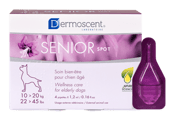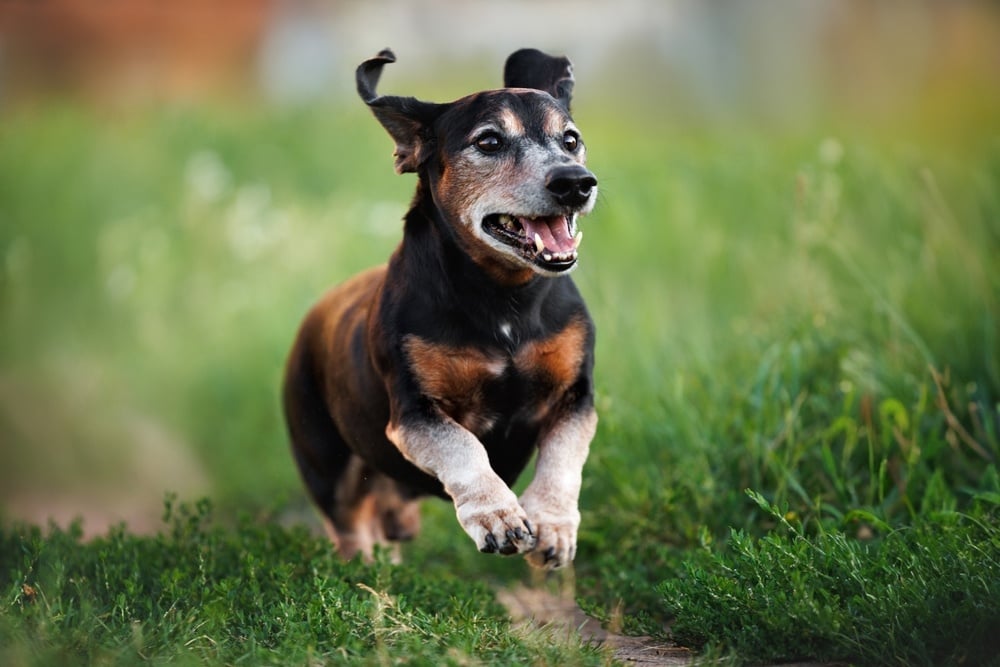Common Skin Changes in Older Dogs
Your senior dog may not be as active as they once were, and their skin might not bounce back as quickly either. Here are some of the most common skin issues that can arise with age:
1. Dry, Thin Skin and Loss of Elasticity
- Older dogs naturally produce less sebum (the skin’s natural oil), which can lead to dry, flaky skin and a dull coat
- Their skin becomes thinner and more fragile, making it more prone to cracking or injury
2. Higher Risk of Infections and Irritation
- A weakened immune system can make senior dogs more vulnerable to bacteria, yeast, or parasites
- Conditions like seborrhea and chronic inflammation may become more noticeable
3. Hyperpigmentation and Calluses
- You might notice darker patches of skin (hyperpigmentation), especially where there’s ongoing irritation
- Calluses, especially on elbows or other pressure points, are common in large or less mobile dogs
4. Lumps and Bumps
- Skin growths often appear as dogs get older—many are harmless, but it’s important to have them checked by a vet to rule out anything serious
How to Support Healthy Skin in Senior Dogs
Caring for your senior dog’s skin is about more than just bathing—hydration, protection, and gentle care all play a role in keeping their skin healthy as they age.
1. Keep the Skin Hydrated
- Use moisturizing sprays or spot-on treatments designed for dry, aging skin
- Add omega-3 and omega-6 fatty acids to their routine to support skin elasticity and coat health
2. Use Gentle Grooming Products
- Choose non-drying, soap-free shampoos to avoid stripping natural oils
- Avoid over-bathing and steer clear of harsh chemicals or strong fragrances
3. Monitor and Manage Skin Conditions
- Regularly check for itchiness, redness, flaky patches, or infections
- If your dog has chronic skin issues, talk to your vet about long-term management
4. Protect Pressure Points
- Offer soft bedding to reduce pressure sores or thick calluses on elbows
- Encourage gentle activity
Recommended Skin Care Products for Senior Dogs
When it comes to caring for your aging dog’s skin, the right products can offer comfort, hydration, and protection—all without irritating sensitive areas.
Dermoscent SENIOR Spot®

...is formulated just for senior dogs, this spot-on treatment helps hydrate dry skin, restore elasticity, and support the skin’s natural barrier. It’s enriched with omega fatty acids, antioxidants, and nourishing plant-based ingredients to help reduce dryness and improve coat condition.
Dermoscent® Massage Oil

This soothing, hydrating massage oil is perfect for older dogs with dry or sensitive skin. Made with essential fatty acids and botanical extracts, it helps restore moisture and improve skin suppleness.
Contact your vet
If your dog or cat seems itchy, uncomfortable, or has changes in their coat or behavior, stress could be playing a bigger role than you think. By creating a calm environment and using gentle, skin-supporting products, you can help your pet feel better both inside and out.
